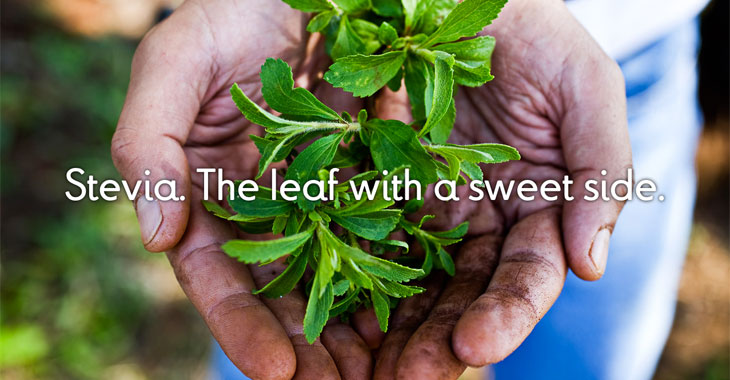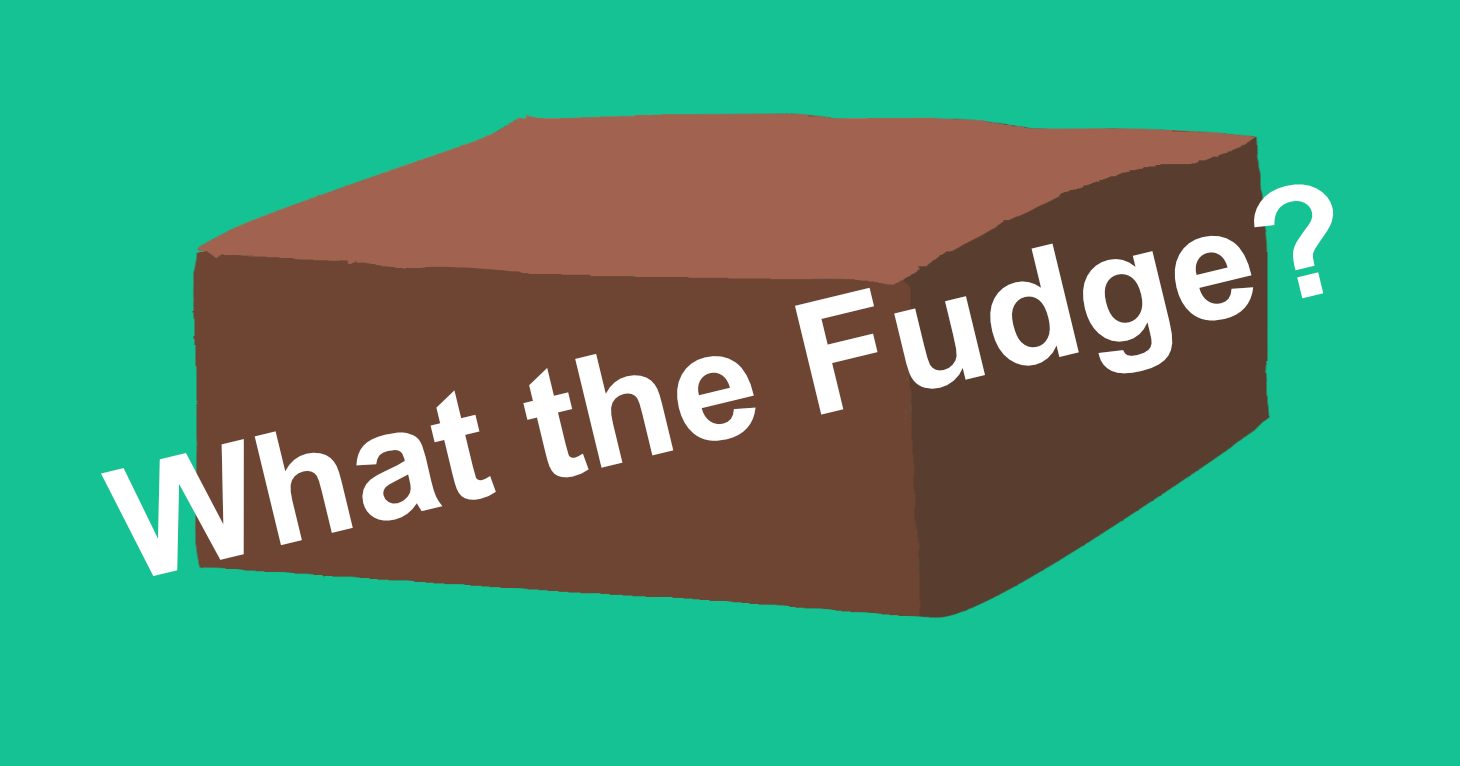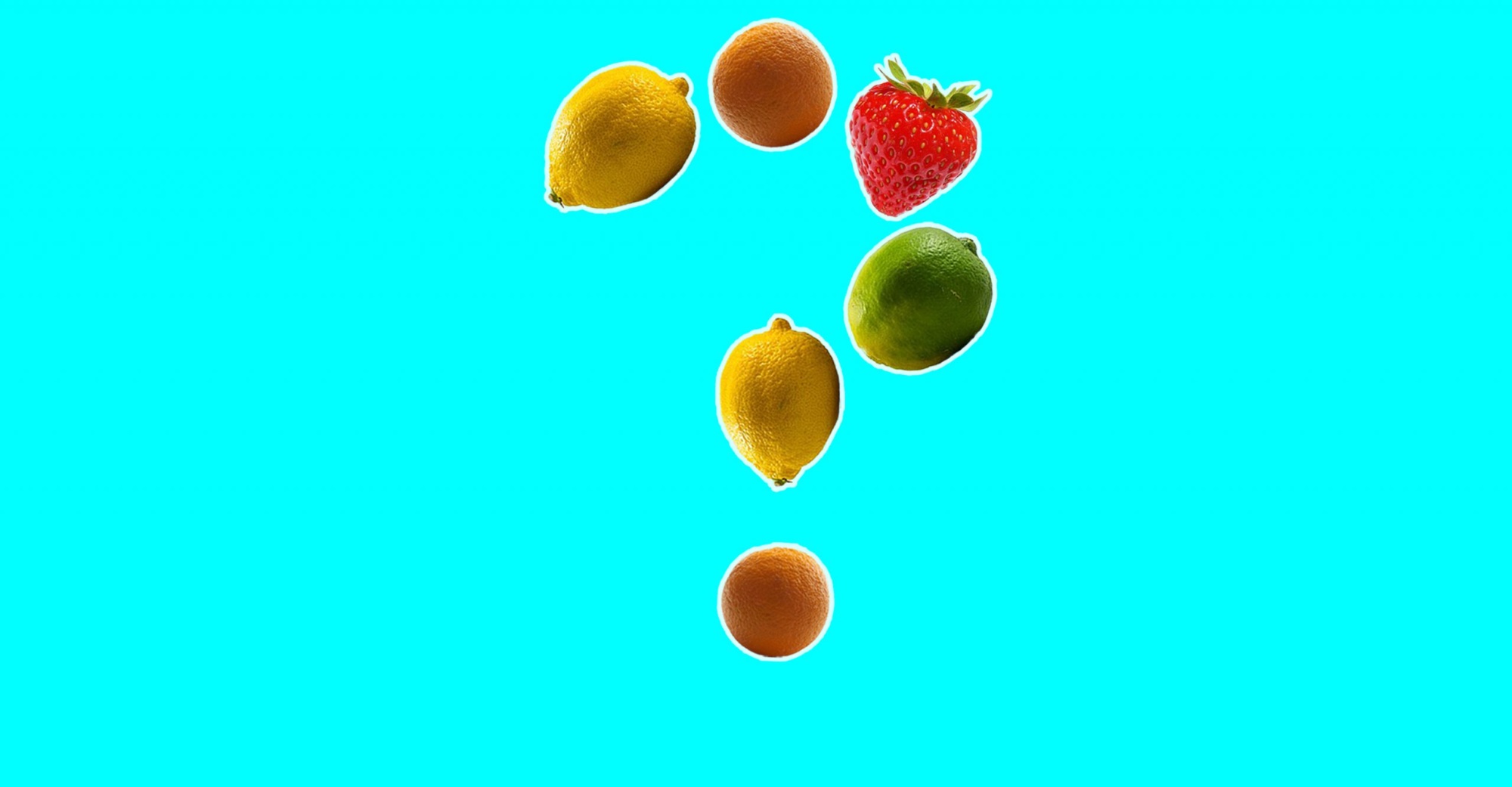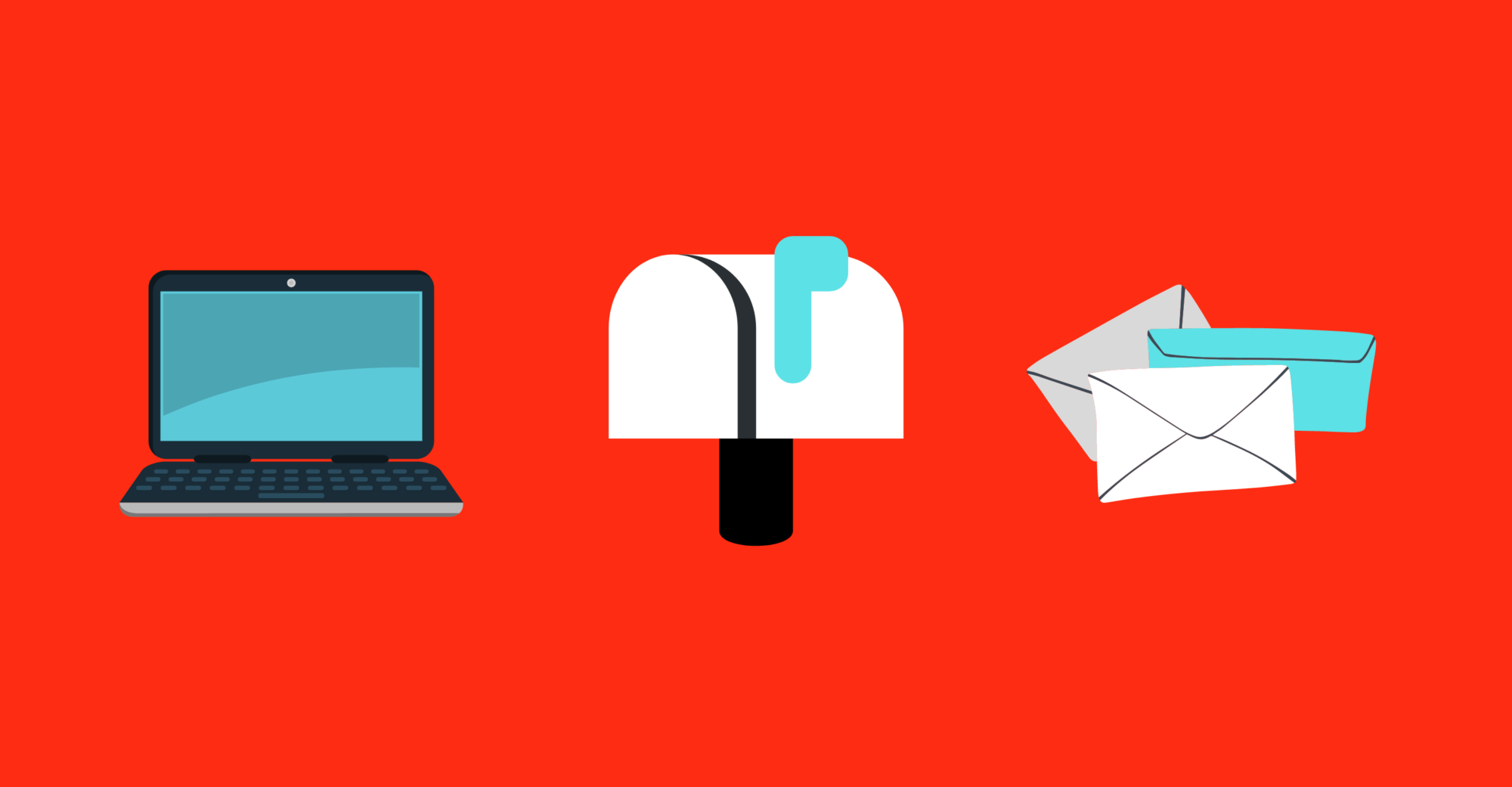
Best Reader Tips of 2021
This year reader tips led to dozens of ad alerts, as well as a complaint to regulators.
Ingredient labels can have surprises.
Stevia can be a great natural sugar substitute, but many stevia products contain other ingredients you may not be aware of. Stevia has gained popularity as a sweetener because it is plant-derived, calorie-free, and doesn’t carry a glycemic load. It sometimes has a slightly bitter aftertaste, but it is many times sweeter than cane sugar, so a small amount goes a long way.
Until recently, stevia was only available in the U.S. as a dietary supplement. In the 1990s, the FDA rejected whole-leaf stevia as a food ingredient because some studies showed it could cause reproductive issues and other health problems in lab animals. But in 2008, the Coca-Cola Company and PepsiCo developed an extract of stevia called rebaudioside A (also called rebiana or reb-A), which is now available in food products despite some concern that more research was needed. Whole-leaf stevia, however, is a different product, and continues to be available only as a supplement.
If you’re interested in using stevia, you should always check the ingredients on the label. Some brands, even ones that advertise themselves as pure or natural or come in packaging featuring the color green (i.e., all of them), contain other artificial sweeteners, fillers, or flavoring that may surprise you.
Here’s a rundown:
Stevia in the Raw Packets
Front of the package: “100% natural zero calorie sweetener”
Back of the package: dextrose, stevia leaf extract.
Dextrose is another name for glucose, which is a kind of sugar. How is it possible for sugar to be in a zero-calorie product? There is an asterisk on the nutrition facts with this fine print: “Each packet contains less than 4 calories per serving which the FDA considers dietetically zero.” Stevia in the Raw — blazing new trails in math and grammar.
SweetLeaf Stevia Sweetener
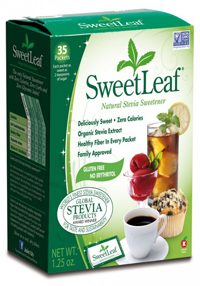
Front of the package: “Deliciously Sweet – Zero Calories Organic Stevia Extract – Healthy fiber in every packet – Family Approved”
Back of the package: inulin soluble fiber, USDA-certified organic stevia leaf extract.
Inulin fiber is a slightly sweet, plant-derived dietary fiber. Its impact on blood sugar is limited, making it suitable for diabetics. “Family approved” doesn’t mean diddlysquat though.
Truvia Packets and Truvia Spoonable
Front of the package: “Nature’s calorie-free sweetener”
Back of the package: erythritrol, stevia leaf extract, natural flavors
Erythritrol is a non-caloric sugar alcohol. Natural flavors could be almost anything (except for stevia).
Pure Via
Front of the package: “All natural zero calorie sweetener”
Back of the package: dextrose, reb A (stevia extract), cellulose powder, natural flavors.
Again, dextrose is glucose is sugar. Cellulose powder is fine wood pulp or plant fiber (mmm, wood pulp). Natural flavors, who knows?
Trader Joe’s Stevia Extract
Front of the package: “100% natural – calorie free”
Back of the package: stevia leaf extract, lactose
Lactose is a sugar found in milk that some people are sensitive to. The organic version of Trader Joe’s Stevia does not have lactose, so if you’re particularly sensitive to lactose and particularly fond of Trader Joe’s, you may want to opt for that instead.
Remember, food labels can be tricky, and it’s always best to study the ingredients list on the back of the package rather than go by what’s advertised on the front. For more information, see Seeking the Truth in Food Labels.
This year reader tips led to dozens of ad alerts, as well as a complaint to regulators.
Lawsuits allege brownie brands and others lack the essential dairy ingredients to call their products fudge.
How much of the real fruit pictured on the label actually makes it in these products?
